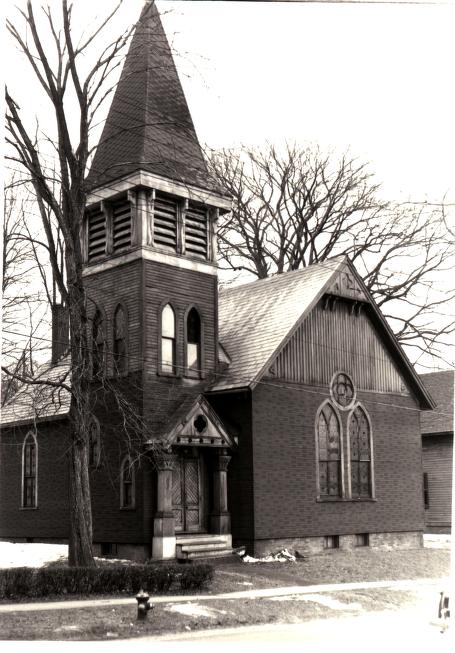|

Privately owned
Struggle for Freedom : Churches and Community
|
|
In the decades following the Civil War, African Americans struggled to exercise their newly acquired civil rights and obligations. Immediately following the war, these "new" United States citizens asserted their civil rights, participating eagerly in government. Their early gains quickly evaporated in the toxic political climate of Southern Reconstruction. By the end of the 1870s, southern whites had effectively barred most blacks from voting or participating in state and local government. (The law denied the vote to women of any race).
Crop failures, economic hardships, and the failures of Reconstruction stimulated a Great Migration of southern blacks to northern cities at the end of the nineteenth century. Hundreds of thousands of these formerly agrarian people arrived in cities already teeming with millions of European immigrants. Racism and a glutted labor market prevented many African Americans from attaining the better life they sought. Despite these setbacks, they established new cultural institutions and modified older ones to meet the needs of urban life. Religion was an especially powerful and unifying force. Like the churches of newly arrived European immigrants, African American churches offered their members far more than a place to worship. Churches promoted cultural solidarity and provided spiritual and community support including education, housing and employment assistance, and locating family members and friends.
Integrated churches were more common in towns and cities where relatively small numbers of African American residents could not support their own congregations. This was the case in Greenfield, Massachusetts, until a small group of African Americans left the integrated Congregational Church to found their own church. It is unclear whether pressure from white membership or a wish to establish their own congregation led these men and women to found the Second Baptist, or Hope Street Baptist Church. Low membership and financial problems plagued the Hope Street Church for much of its history. It finally closed in the 1970s.
top of page
|
Photograph Postcard "Second Baptist Church"
|





